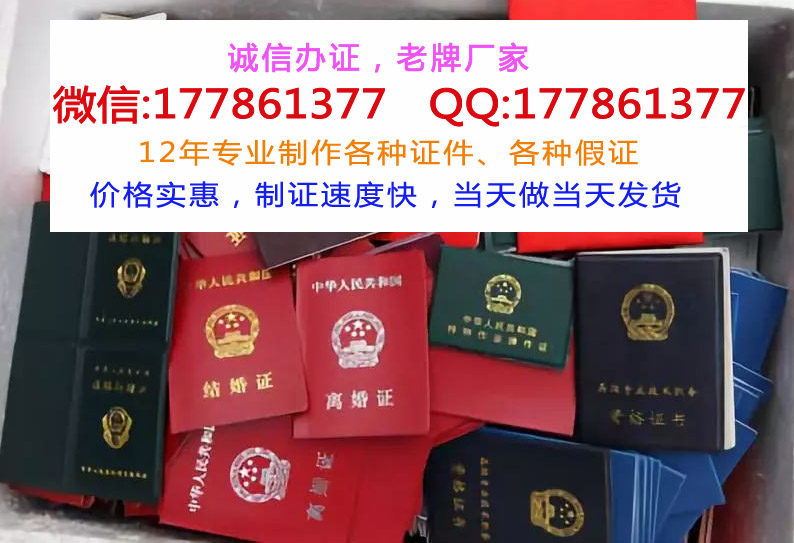Don't Be Fooled: How to Identify Fake Information
Welcome, dear reader, to a guide that will empower you to distinguish fact from fiction in the vast sea of information on the internet. With the rise of digital age, identifying fake information has become more crucial than ever before.
Key Signs of Fake Information
Let's delve into the key indicators that can help you spot fake information with confidence:
1. Source Authenticity
Is the information coming from a reputable and trustworthy source, or is it from an unknown or biased website? Evaluate the credibility of the source before considering the information.
2. Fact-Check Cross-Verification
Always verify the information through multiple reliable sources before accepting it as true. Cross-checking facts can reveal inconsistencies and inaccuracies.
Unveiling Tricks Used by Misinformation Peddlers
Those who spread fake information often employ deceptive tactics to mislead readers. Here are some common tricks:
3. Sensational Headlines
Eye-catching headlines designed to provoke strong emotions may indicate the information is sensationalized or exaggerated.
4. Manipulated Images and Videos
Visual content can be easily altered to mislead. Be cautious of photos and videos that seem too perfect or unrealistic.
Trusted Tools to Combat Fake Information
Equip yourself with reliable tools and techniques to combat the prevalence of fake information:
5. Fact-Checking Websites
Utilize fact-checking websites like Snopes and FactCheck.org to verify information and debunk myths.
Empowering Yourself Against Misinformation
By being vigilant and informed, you can protect yourself and others from falling victim to fake information. Remember, the truth is always worth seeking.
Frequently Asked Questions
How can I fact-check information effectively?
Fact-check information from multiple credible sources to ensure its accuracy and legitimacy.
What should I do if I come across fake information?
Report fake information to the platform or website hosting it and inform others of its falsity.
Why is it important to combat fake information?
Fake information can mislead and manipulate individuals, leading to harmful consequences. It is essential to promote truth and accuracy in information sharing.


